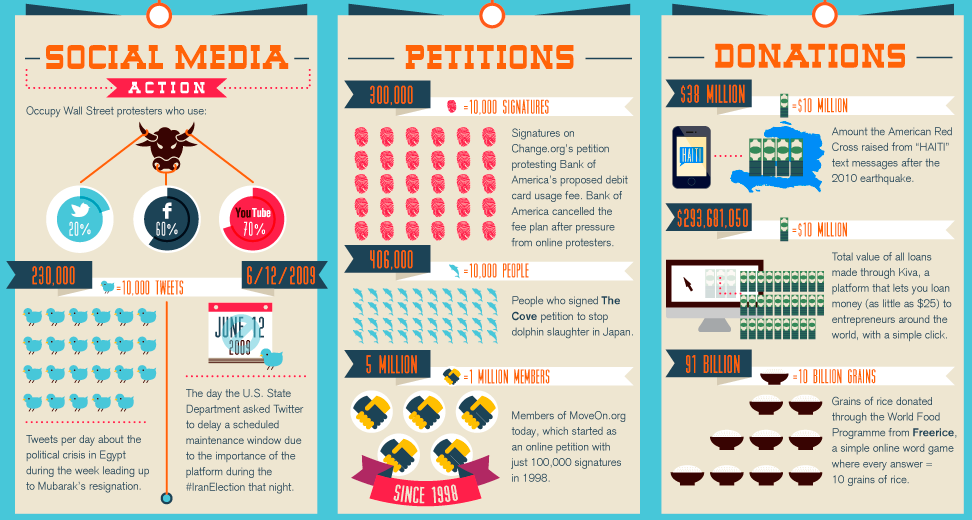Slacktivism – Pouring Cold Water on an Old Concept
January 10, 2022 | Blog
Originally posted by Dexterity Consulting June 14, 2012; updated 2022
Slaktivism is a term that started appearing around the mid-’90’s and is used to describe those who seek social change, but with minimum energy output. Or better said – people with a conscious who also know how to mobilize technology and social networks to make significant change.

Over the years organizations, funders and social justice activists have expressed concern around how this form of social communication is changing the way that the philanthropic sector operates. Concern most commonly sited is that “slacktivism is killing philanthropy bandwagon.” This is hardly the case. In fact, what we are see is how organizations effectively integrate micro-volunteering, and those who self-identify as slacktivists, into their volunteer roster and engagement strategy.
How is Slacktivism Playing Out?
There are a few assumptions that I am making as I write this piece. Most importantly that we are in a social and economic revolution right now. Just as societies went through the industrial revolutions, we are going through an information revolution. The former had hard, tangible resources; the latter’s resources are ideas based. The former had policies that governed the work-place. The later is creating a workplace in a virtual environment that spans the globe. It creates operating policies and procedures as the systems evolve, new technologies emerge, and new governments are formed.
Just like during the industrial revolution, it took the front-line workers to band together and create changes within their situation. In the idea revolution, the Slaktivists are the ones that are working alongside the grassroots groups to gain the populous groundswell required for tackling some of these complex problems.
Today, over 5.13 billion people own mobile phones (66.5% of the population). These phones are not just for calling, texting and taking pictures. They are also used to engage in social action activities: micro-giving, petition signing, people gathering and most importantly information dissemination through social networks (Facebook, Twitter, etc.).
What I like about this movement (and I am not keen on labels), is that it allows those who feel that philanthropy is only for the wealthy, to actually engage. To have an emotional experience. As a result of the work of the masses, see significant change. I also want to temper this by saying that we need to have both sides of the coin. Those who engage in community activities in person over an extended period of time and expend resources (energy or financial) doing so is still the cornerstone of how our current social system operates.
Understanding where a social media campaign ends and a traditional activist campaign begins is what makes an effective rollout of whatever it is you are striving to achieve. We often see what happens when these campaigns aren’t successful, or when there is a disconnect between the “mother-ship” and the community. A breakdown of trust and ultimately the fizzling out – case and point: Occupy Wall Street.
So embrace your inner Slacktivist and encourage others to join you in your quest.